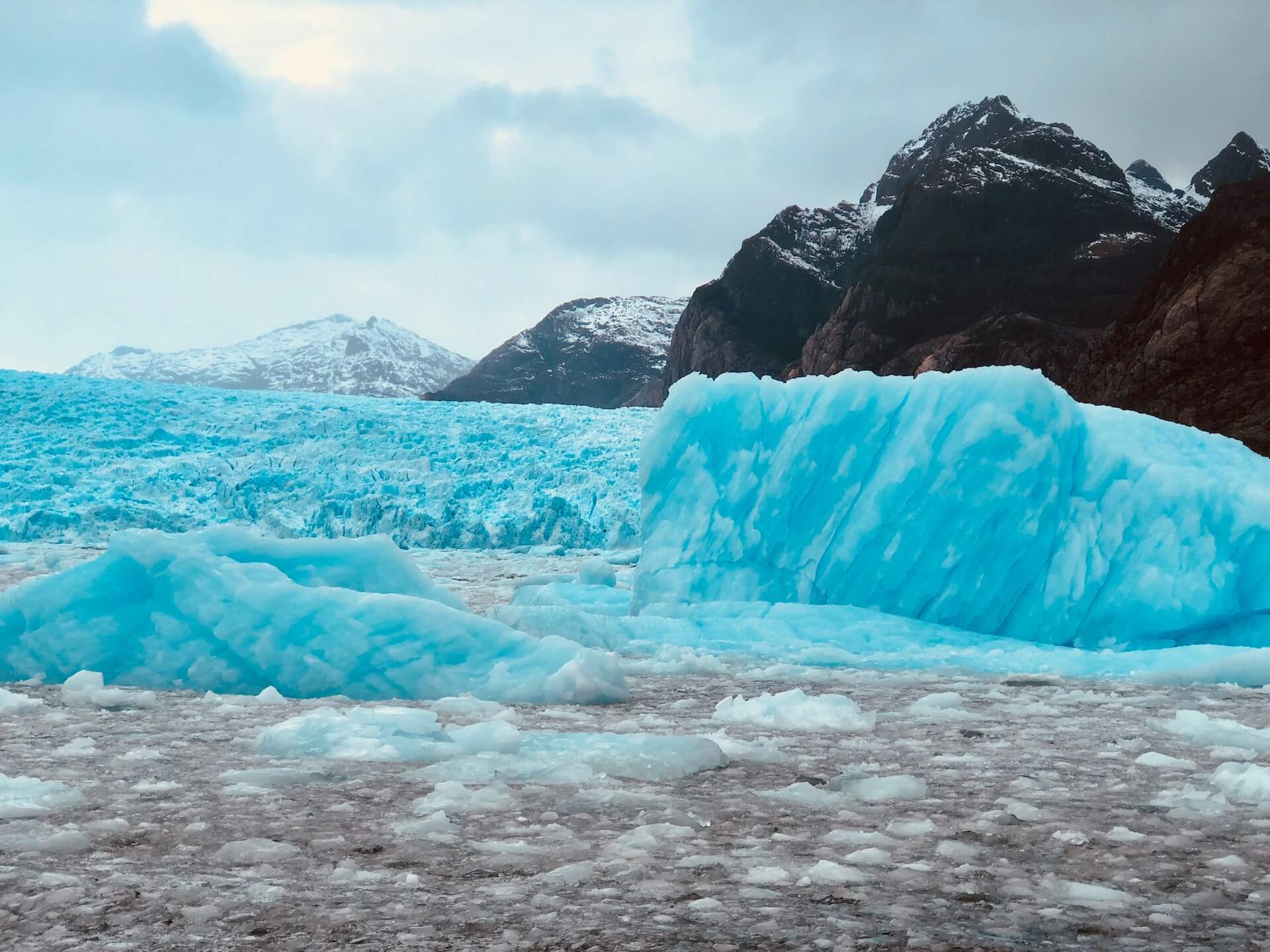The NSC’s Transparent Ocean team has recently conducted a research study on ‘Arctic Sea Ice Segmentation’. The study explored how superpixel technology applied on high-resolution satellite images is used to analyse and monitor Arctic sea ice and the proposed approach to the challenges faced when using high-resolution satellite imagery.
Sea Ice Segmentation
Global climate changes in the last few decades significantly affect the Arctic Ocean area, leading to the decline of the Arctic sea ice extent. According to the Arctic amplification phenomenon, the trends of temperature variation are more obvious in the Arctic region than that of the Northern Hemisphere or the globe as a whole. To understand the ongoing sea ice changes, it is valuable to investigate the dimension of the marginal ice zone (MIZ). MIZ is defined as the transitional region between the open sea and dense drift ice, and is closely correlated to the representation of sea ice in the climate and weather models. Nevertheless, MIZ is vulnerable to open ocean processes such as waves and wind, which makes its size unpredictable and hard to be detected correctly.
Fig. 1: Sea ice extent in the Arctic at the end of the summer melt season each September from 1979–2022, based on satellite observations [1]. The total extent is the area of all pixels in the satellite image where the ice concentration is at least 15 percent. The amount of sea ice that survives the summer melt is declining rapidly.
High-Resolution Optical Imagery
High-resolution optical (HRO) imagery, the satellite image with a relatively high spatial resolution, offers the potential for precisely identifying the location of the boundary between sea ice and open water, i.e. so called ice edges, and accurately determining the floe size distribution (FSD). In recent years, as the HRO images have become more accessible, this data is widely applied for sea ice segmentation.
Superpixel Technology for Segmentation
Superpixel segmentation is a powerful image processing technique that groups pixels with similar attributes into perceptually meaningful clusters. Unlike traditional pixel-based approaches, superpixel segmentation simplifies image analysis by reducing the number of elements while preserving important features. By aggregating pixels into cohesive units, superpixels facilitate efficient image processing tasks such as object recognition, edge detection, and region-based analysis. This technology not only reduces the complexity for processing the HRO imagery whilst adhering well to the boundaries of ice floes and open water.
As one of the most popular superpixel algorithms, the simple linear iterative clustering (SLIC) superpixel technology groups the pixels with the local k-means clustering that searches the pixels in a limited region centered at each cluster center based on the distance, , that considering both the colour and spatial Euclidean distances, namely and , as defined below:
(1)
(2)
where the vector denotes the values of three colour components in the CIELAB colour space, and is the spatial coordinate of each pixel. Let be the total number of pixels in the input image, and is the superpixel number, the sampling interval, , accordingly can be derived, . By further introducing the compactness coefficient, , the final distance can be determined as:
(3)
The distance in TS-SLIC contains a texture descriptor , and a local directional zigzag pattern (LDZP). As a result, the generated superpixel become more sensitive to the texture information, where the is given by:
(4)
where is the number of neighbouring pixels in a selected local window (i.e. for a 3 by 3 window). Similarly, the compactness refined distance, , is derived as:
(5)
High-resolution satellite imagery offers intricate information for detecting sea ice edges. However, this wealth of detail leads to high heterogeneity within the same class, introducing considerable noise. These challenges hinder the accurate application of superpixels alone. Effectively mitigating this dilemma demands the integration of supplementary noise-filtering technologies. Addressing this, the Transparent Ocean Team has developed a pioneering multi-stage model, presenting a novel approach. By combining cutting-edge techniques, this approach strives to enhance the precision of sea ice segmentation, ensuring a robust and refined outcome in the realm of complex Arctic sea ice imagery analysis.
The Proposed Approach
The proposed framework includes three main stages. Firstly, the image is pre-processed via the Top-Hat and Bottom-Hat transforms, which allows the segmentation of the small ice floes from the ice-water mixed regions with low contrast. The bilateral filter is then employed for noise removal whilst preserving the edge information. By adding the Top-Hat and subtracting the Bottom-Hat on the original image, the processed image shows enhanced foreground and suppressed background, which is beneficial for the following-on segmentation process. Next, superpixel segmentation is generated. Then, k-means is applied to group the superpixels into two classes, namely water and ice, based on the mean intensity and standard deviation of each individual superpixel. The clustered superpixels are merged to form the segmented result. Finally, the segmented result is refined by morphological opening as post-processed to smooth the ice shapes and also separate the connected floes.
Fig.2: The flowchart of the proposed approach.
The experimental results show that the proposed multi-stage model achieves an overall good performance, outperforming traditional segmentation techniques in terms of the segmentation quality and extraction of small floes.
To accurately investigate ice regions in such images, the superpixel, as a compact intermediate image representation, can be combined with the supervised models such as the deep learning methods to further improve the performance whilst speeding up the computation.
This research holds significant practical implications for various stakeholders, including environmental agencies, maritime operations, and climate researchers. By effectively and accurately segmenting ice regions within images, this algorithm contributes profoundly to the meticulous delineation of MIZ boundaries. It can improve situational awareness for shipping and maritime activities, enabling safer navigation in regions with varying ice concentrations. Moreover, it can help to further investigate the ongoing processes of ice formation, melting, and movement. This understanding is crucial for studying the effects of climate change on polar regions and for developing effective strategies to mitigate its impacts.
[1] "Climate Change: Arctic Sea Ice Summer Minimum." Rebecca Lindsey and Michon Scott, October 18, 2022. https://www.climate.gov/news-features/understanding-climate/climate-change-arctic-sea-ice-summer-minimum
To discover more about how our Transparent Ocean team is solving real-world problems where the solution can be significantly enhanced by mitigating risks and reducing the costs towards a net zero ocean, view our dedicated Transparent Ocean webpage.








